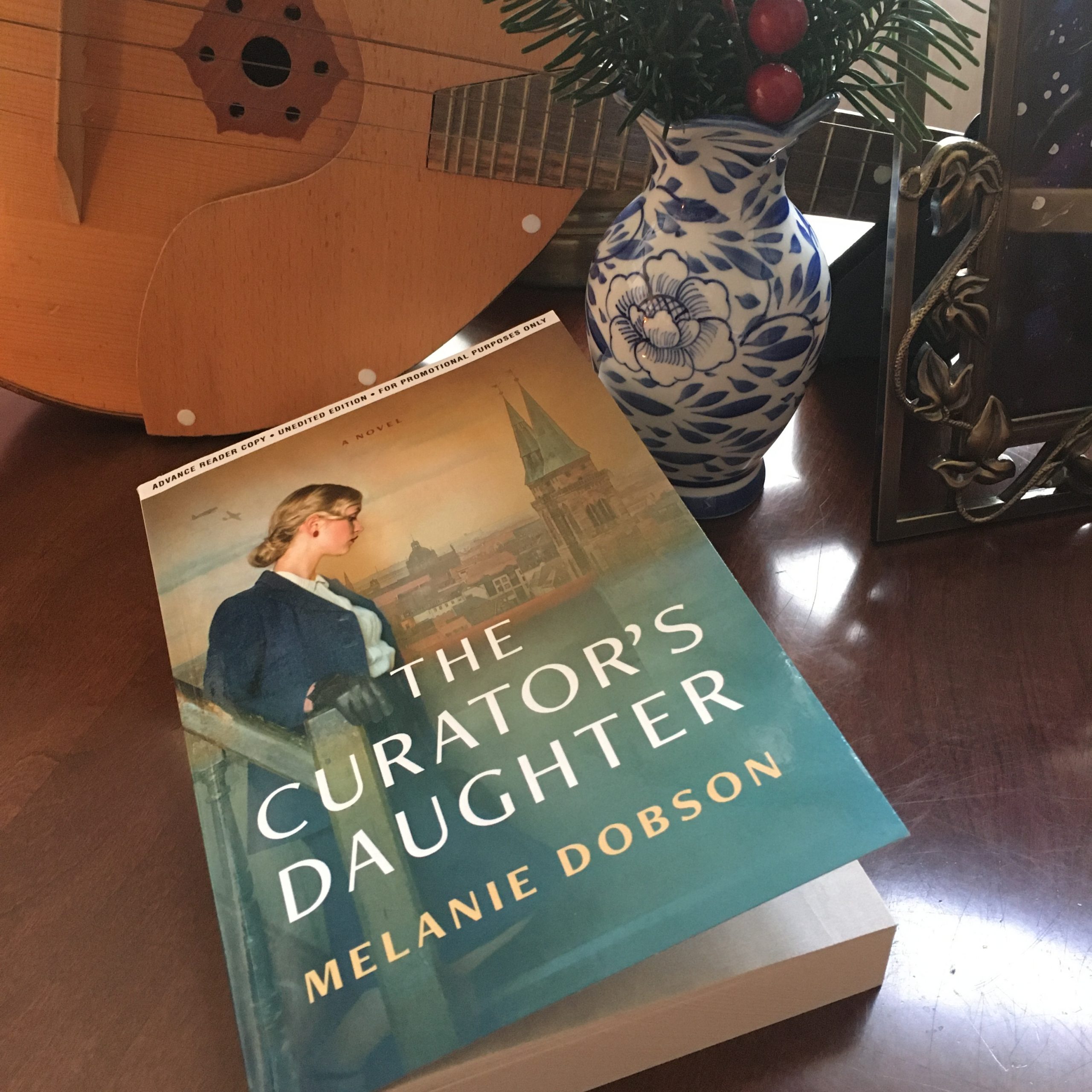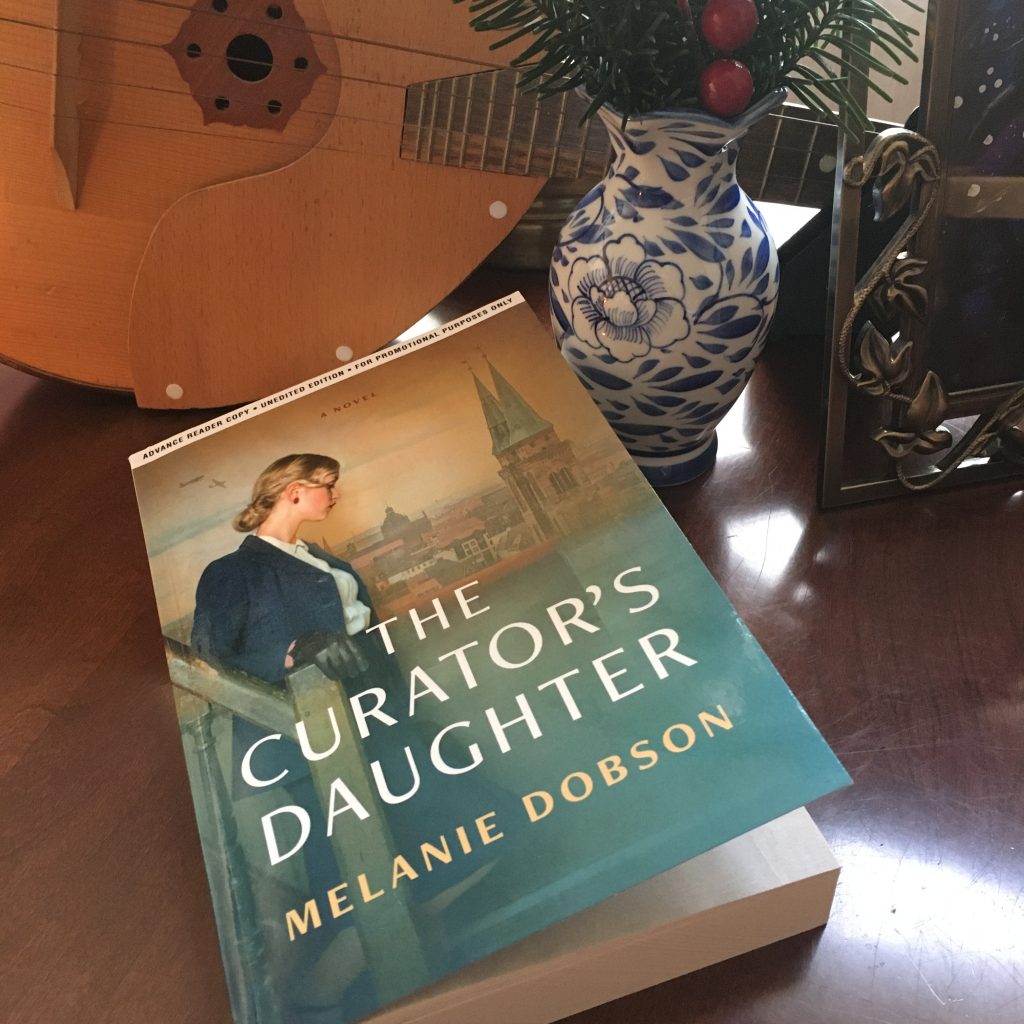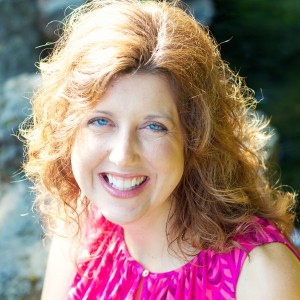Q&A with Melanie Dobson, author of The Curator’s Daughter


Hi friends! Today I’m pleased to welcome back to the blog multi-award-winning author Melanie Dobson. Five of her novels have won Carol Awards, and Catching the Wind won an Audie Award in the inspirational fiction category. Melanie’s most recent releases have included European settings and WWII-related plots. They have drawn praise from readers and critics alike for their authenticity, drama, and attention to detail. She’s here today to discuss her most recent time-slip novel, The Curator’s Daughter.
Welcome back, Melanie! To begin, please tell us what inspired the storyline and characters found in The Curator’s Daughter?
The Curator’s Daughter was inspired by a reader friend. As I researched her story and the Nuremberg trials, I struggled to understand why Germans in this medieval city and across the country didn’t stop the Holocaust. Then I began to realize that a battle had waged within Germany between wars. The people were struggling to find their identity, trying to determine who they were after the loss of the Great War. The Nazis used and abused this desire and began manipulating citizens through pride, fear, shame, and other psychological tactics. The Nazi leaders targeted youth first, presenting Hitler as a father when many fathers were missing. They compiled an archaeological team to dig for artifacts to prove their Aryan heritage and created stories—propaganda—to further their work because they knew the power of story. Then they created an alleged threat—a common enemy—to unleash the pent-up anger.
As I read about the Nazis’ quest for power, I began to wonder what would happen to a professional woman in this era who was passionate about history and its stories. A loyal German citizen who began to question the motivation and control of her government and decided to collect and then hide the stories of those who were being sent away.
How about the core themes of The Curator’s Daughter — how do you hope these will resonate with and challenge your readers?
The importance of learning from history, the importance of remembering, is one of the main themes in The Curator’s Daughter. There are Jewish memory books from the thirteenth century, namestones, memorial stones from the book of Joshua, and German stumbling stones—all physical items set in place so future generations won’t forget.
Another major theme in this story is forgiveness. Both my past and present heroines struggle to forgive husbands who abused them, and they visit an old labyrinth above Nuremberg to pray and then lay down their burdens, their wounds, at the place where a cross once stood.
I hope readers will be inspired to break free of any bitterness and find ways to remember the miracles in their story to pass down as a legacy to the next generation.
How is the perspective of The Curator’s Daughter unique compared to other novels in the WWII genre?
This novel steps right into the heart of Germany before and then during World War II. The Jewish people were repeatedly welcomed and then expelled from Nuremberg for more than five hundred years, and this story explores—through the perspective of a female archaeologist and wife of an SS officer—why many Germans didn’t try to stop this abuse. The Curator’s Daughter demonstrates this pattern of persecution through stories from earlier centuries and remembers the heroes who stood up against evil. Each character must ultimately choose whether to embrace an identity cultivated not from circumstances or their family but from knowing that they are a son or daughter of God.
How did you get the idea for the connection between your two main characters, Hanna and Ember?
The connection between Hanna and Ember slowly developed as I realized that Ember would be a Holocaust researcher, inspired by the stories of her former teacher on Martha’s Vineyard, and the victim of a modern-day cult. As she delves deeper into her teacher’s past, she discovers Hanna’s story, and this story ultimately changes her life. As a time-slip writer, it’s rewarding for me to weave the stories of past and present characters together as I discover the connections between them. I won’t give away all the threads, of course, but the similarities in what Hanna faced in the 1940s and what Ember continues to face today surprised me.
Thank you for spending time with us today, Melanie!
About this book:
A young girl, kidnapped on the eve of World War II, changes the lives of a German archaeologist forced into the Nazi Party and—decades later—a researcher trying to overcome her own trauma.
1940. Hanna Tillich cherishes her work as an archaeologist for the Third Reich, searching for the Holy Grail and other artifacts to bolster evidence of a master Aryan race. But when she is reassigned to work as a museum curator in Nuremberg, then forced to marry an SS officer and adopt a young girl, Hanna begins to see behind the Nazi facade. A prayer labyrinth becomes a storehouse for Hanna’s secrets, but as she comes to love Lilly as her own daughter, she fears that what she’s hiding—and what she begins to uncover—could put them both in mortal danger.
Eighty years later, Ember Ellis is a Holocaust researcher intent on confronting hatred toward the Jewish people and other minorities. She reconnects with a former teacher on Martha’s Vineyard after she learns that Mrs. Kiehl’s mother once worked with the Nazi Ahnenerbe. And yet, Mrs. Kiehl describes her mother as “a friend to the Jewish people.” Wondering how both could be true, Ember helps Mrs. Kiehl regain her fractured childhood memories of World War II while at the same time confronting the heartache of her own secret past—and the person who wants to silence Ember forever.
Buy it here.

About the author:
Melanie Dobson is the award-winning author of more than twenty historical romance, suspense, and time-slip novels. She is the former corporate publicity manager at Focus on the Family and owner of the publicity firm Dobson Media Group. When she isn’t writing, Melanie enjoys teaching both writing and public relations classes. Melanie and her husband, Jon, have two daughters and live near Portland, Oregon.
Connect with Melanie at melaniedobson.com.
Thanks to Tyndale House Publishers for providing me a free copy of this book. All opinions are mine.
